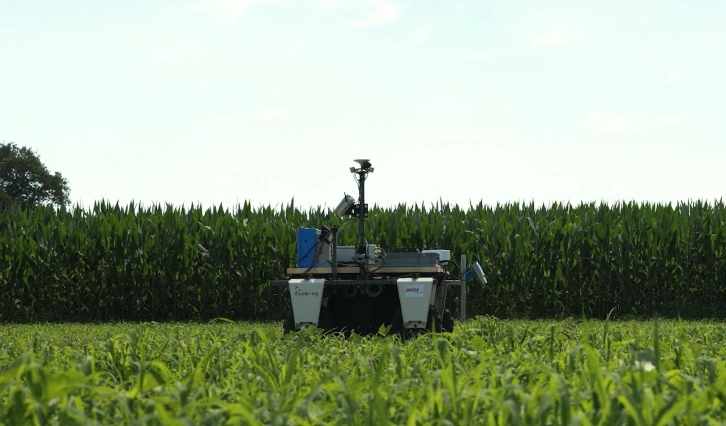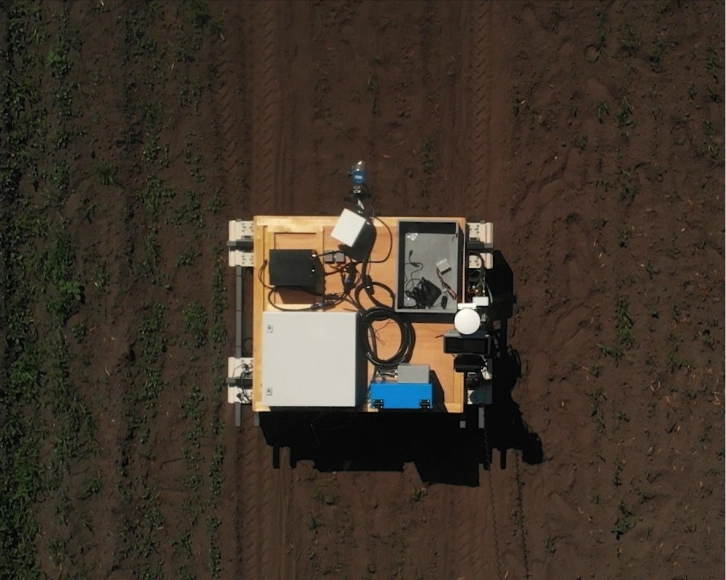Why this matters
The use of pesticides poses risks to both humans and the environment. Research shows that people living in agricultural areas have higher concentrations of these substances in their blood. There is growing evidence of the harmful health effects of chemical use. The call for change is loud and clear: we want to move away from chemical agents as soon as possible.
For vegetable cultivation, this presents a major challenge. Many crops are grown on a small scale and face high weed pressure. Without chemicals, the question becomes: how can these crops remain profitable and affordable?

Robots as an alternative
Weeding robots offer a promising solution. They can remove weeds automatically and without the use of pesticides. However, market introduction has been slow due to:
- Wide variation in crops and growing conditions
- Short growing seasons and changing weather
- High data requirements for AI training
- Fragmented farming practices and critical users

Collective data collection: accelerating through collaboration
To accelerate progress, a project for collective data collection in the vegetable chain has been launched. Vegetable processors (Ardo, HAK), grower organisation De Schakel, contractor Van Eijck, and robot/machine builders (Trabotyx, OddBot, Ekobot, and Lemken) are pooling their efforts.
On a test field operated by Van Eijck, various robots are collecting images of five crops: beans, onions, carrots, parsnips, and chicory. This data is used to train AI models, making robots more versatile and deployable.
The benefits:
- For growers: more choice and better pricing
- For robot developers: faster scaling across multiple crops
Later this year, a second round will take place on a field managed by De Schakel, including spinach.

Further collaboration within the cluster
The cluster is not only working on data collection. Other initiatives include:
- Data platform & AI models: Joint development of improved methods and robust AI models that perform reliably under varying conditions.
- Weeding as a service: Making robots available via contractors, allowing farmers to benefit from the technology without large investments.
This collaboration demonstrates how innovation and teamwork go hand in hand to make vegetable cultivation future-proof.

